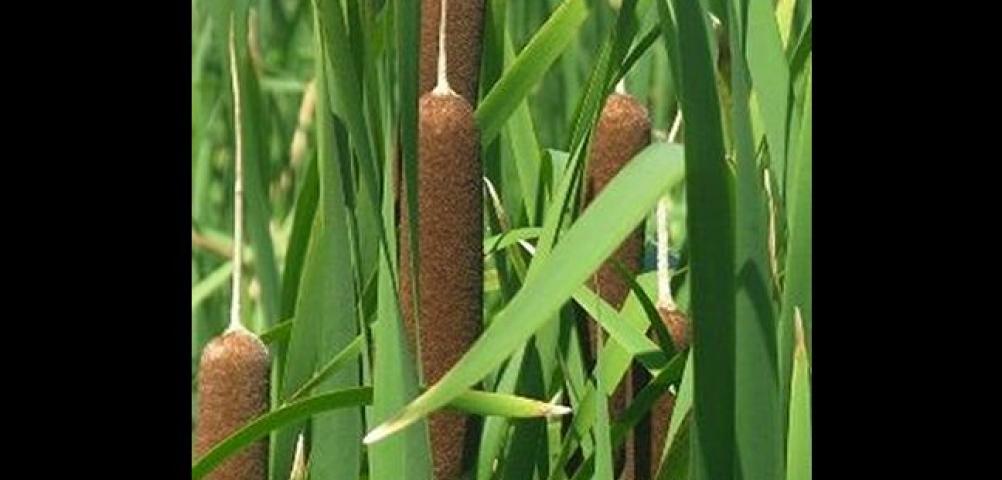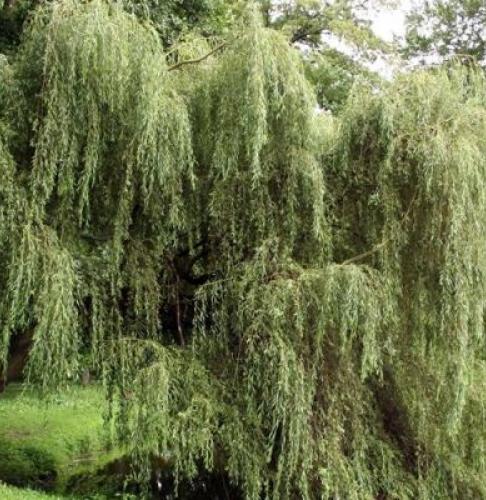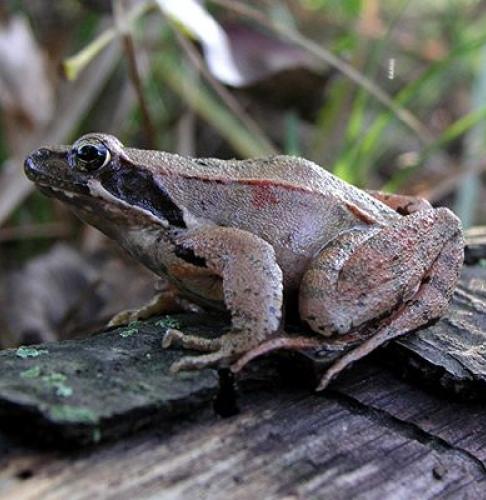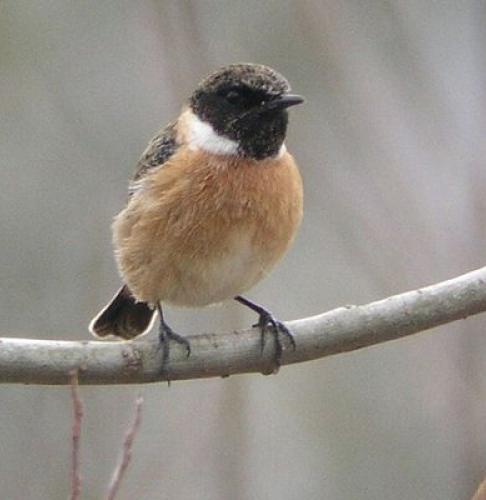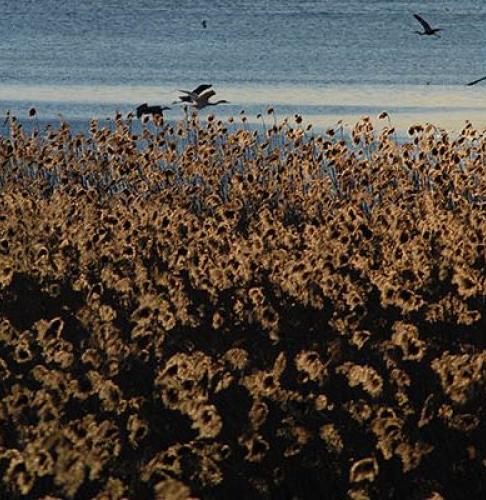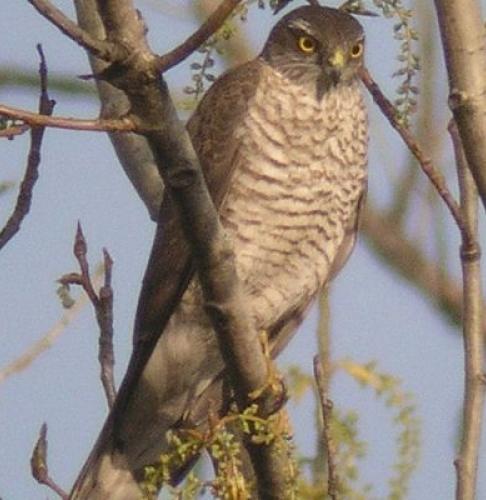Tifa
Typha latifolia (broadleaf cattail, bulrush, common bulrush, common cattail, cat-o'-nine-tails, great reedmace, cooper's reed, cumbungi) is a perennial herbaceous plant in the genus Typha. It is found as a native plant species in North and South America, Europe, Eurasia, and Africa. In Canada, broadleaf cattail occurs in all provinces and also in the Yukonand Northwest Territories, and in the United States, it is native to all states except Hawaii. It is an introduced and invasive species, and considered a noxious weed, in Australia and Hawaii. It is not native but has been reported in Indonesia, Malaysia, New Zealand, Papua New Guinea, and the Philippines.
Typha latifolia has been found in a variety of climates, including tropical, subtropical, southern and northern temperate, humid coastal, and dry continental. It is found at elevations from sea level to 7,500 feet (2,300 m).
Typha latifolia is an "obligate wetland" species, meaning that it is always found in or near water. The species generally grows in flooded areas where the water depth does not exceed 2.6 feet (0.8 meters). However, it has also been reported growing in floating mats in slightly deeper water. T. latifolia grows mostly in fresh water but also occurs in slightly brackish marshes. The species can displace other species native to salt marshes upon reduction in salinity. Under such conditions the plant may be considered invasive, since it interferes with preservation of the salt marsh habitat.
Typha latifolia shares its range with other related species, and hybridizes with Typha angustifolia, narrow-leaf cattail, to form Typha × glauca (Typha angustifolia × T. latifolia), white cattail. Common cattail is usually found in shallower water than narrow-leaf cattail.
The plant is 1.5 to 3 metres (5 to 10 feet) high and it has 2–4 cm (¾ to 1½ inch) broad leaves, and will generally grow out in to 0.75 to 1 metre (2 to 3 feet) of water depth.
Scientific name: Typha latifolia
Order: Typhales
Family: Typhaceae
Class: Liliopsida

